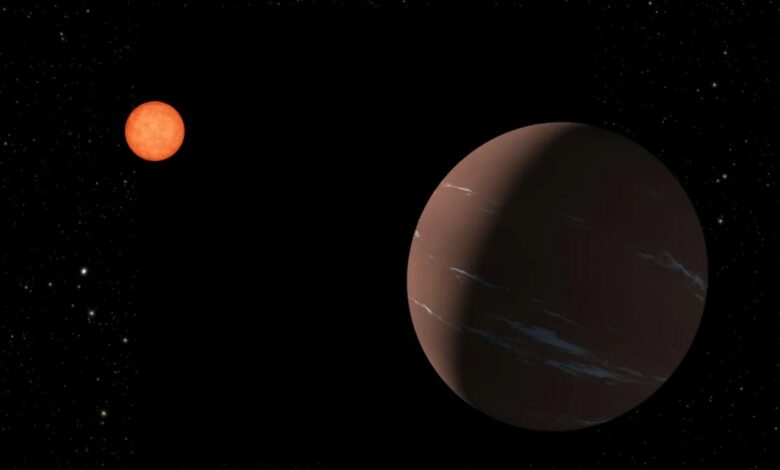Our solar system doesn’t have a super-Earth, and that might be a good thing

Planetary scientists have explored a hypothetical scenario in which a super-Earth existed within our solar system, located between the orbits of Mars and Jupiter. According to recent simulations conducted by Emily Simpson and Howard Chen, planetary scientists at the Florida Institute of Technology, such a planetary configuration could have drastically destabilized the climate and orbits of neighboring planets, including Earth.
Gravitational instability and climate disruption
The findings, according to Space.com reporthighlight that super-Earths, which are often observed in exoplanetary systems, are conspicuously absent in our solar system. These planets, larger than Earth but smaller than Neptune, are common in the Milky Way. The researchers simulated several iterations of a super-Earth within our solar system to assess its gravitational effects on inner rocky planets such as Earth, Venus and Mars.
The study would have shown that the presence of a super-Earth, especially one with a mass ten to twenty times that of Earth, would have caused significant disruptions. Chen stated in his interview with Space.com that the gravity of such a planet could push smaller rocky planets into eccentric orbits or tilt their trajectories. These unstable orbits would lead to extreme climatic conditions, including erratic transitions between ice ages and periods of intense warming.
Chen told the publication that while the configuration we observe in our solar system is unusual, the presence of a super-Earth in this region could have made Earth’s orbit highly unstable, endangering its habitability.
Implications for life in exoplanetary systems
The findings suggest that even planets located in the habitable zones of other galaxies could face significant challenges in sustaining life if they share their powers. region with enormous super-Earths. The instability introduced by such neighbors could hinder the evolutionary processes that require relative climatic stability.
Although a slightly larger planet near Mars could lead to more severe seasonal variations on Earth, conditions for life could still persist. However, the researchers emphasized that the absence of a super-Earth near Mars and Jupiter may have been critical in making Earth’s current hospitable environment possible.




